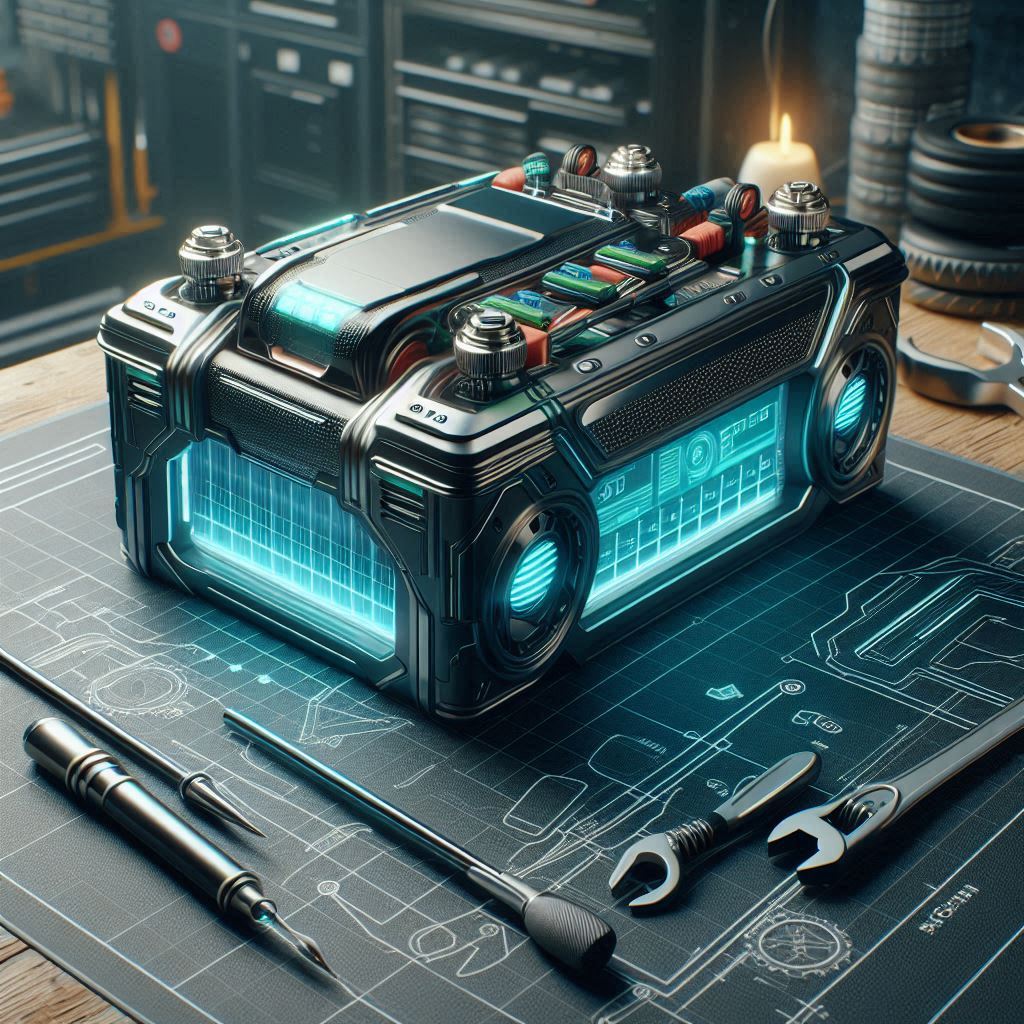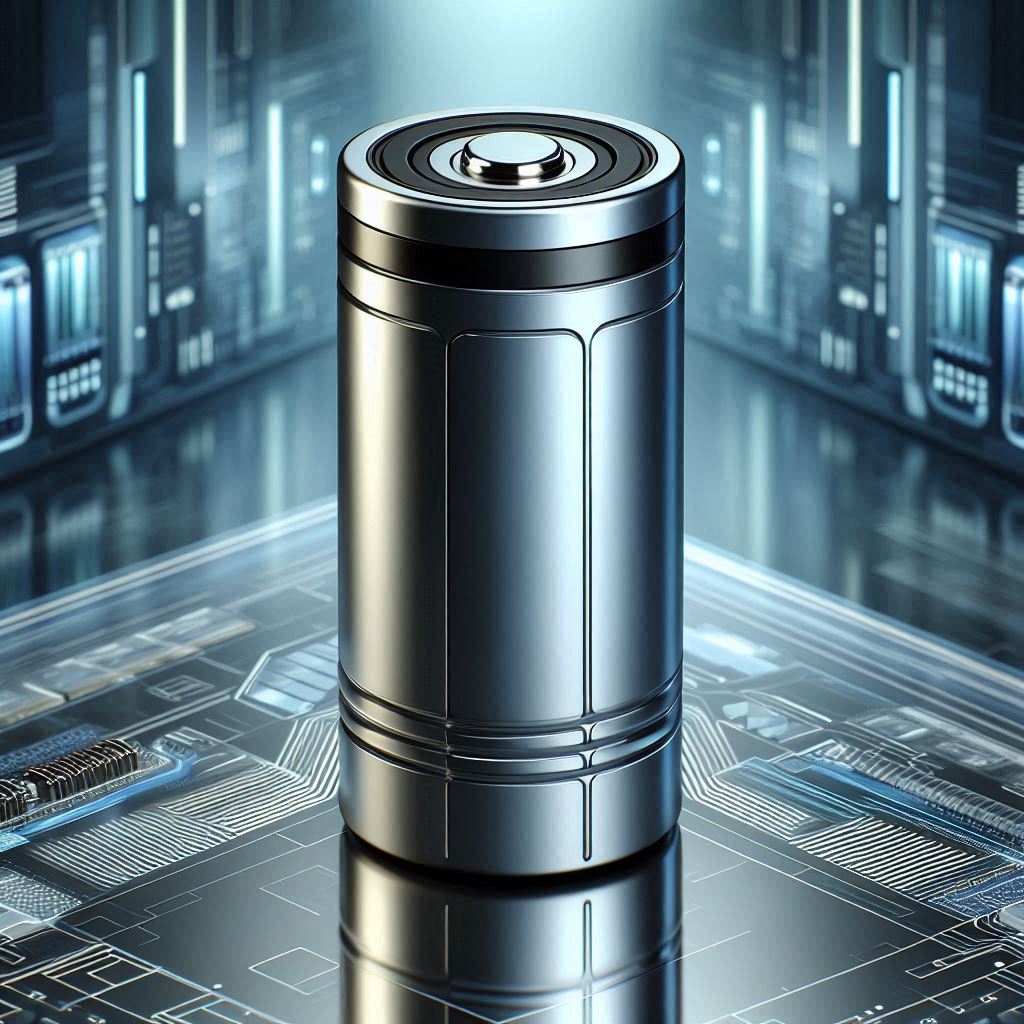The electric vehicle (EV) world is buzzing with a groundbreaking announcement: Huawei has revealed a solid-state battery technology capable of delivering a staggering 1,968 miles (3,000 km) of range on a single charge — and with a charging time as fast as 4 to 5 minutes. This could be a game changer not just for EVs, but for the entire automotive industry.
The EV Battery Race: More Than Just Range
While major automakers like Toyota, Samsung, and Western giants are quietly testing scaled-down battery tech, Huawei’s bold move has sent shockwaves through the market. This isn’t just about who sells the best car anymore — it’s a survival race in battery innovation.
If other automakers don’t catch up within the next 2-3 years, they risk losing the market completely. Huawei’s solid-state battery promises:
- Twice the energy density of today’s 4680 cells
- 4-minute charging times
- A battery architecture that overcomes rapid degradation issues typical of solid-state batteries
Even Tesla is going all in on similar technology, ramping up production to over 1.3 million vehicles a year at their Shanghai Gigafactory.

What Makes Huawei’s Solid-State Battery So Revolutionary?
At the heart of Huawei’s innovation is their ability to address the biggest problem in solid-state batteries: rapid degradation at the interface between lithium and solid electrolytes.
Most solid-state batteries degrade quickly where lithium metal meets the electrolyte, causing loss of capacity and reliability. Huawei claims to have solved this by doping sulfide electrolytes with nitrogen, which stabilizes the interface and dramatically slows down degradation. If true, this breakthrough could be the missing puzzle piece the EV industry has been chasing for years.
The Reality of a 1,968-Mile Range
The idea of driving nearly 2,000 miles without stopping sounds almost too good to be true. But the real advantage isn’t just range — it’s flexibility. Automakers could:
- Build smaller, lighter EVs with the same range
- Or keep battery size similar but offer ultra-long range of 1,000 to 1,500 miles
Either way, it spells bad news for gas-powered engines. Electric vehicles would not only be cleaner but also better in nearly every way — lighter, faster, longer-range, and cheaper to fuel.
Ultra-Fast Charging: The End of Range Anxiety?
Charging speed remains one of the biggest hurdles for EV adoption. What if you forget to plug in overnight? Or if you’re in a hurry?
This excuse is becoming obsolete. Companies like Zeke, BYD, and XPeng are already testing batteries that charge in just 5 minutes, providing enough juice for around 300 miles.
Fast charging stations are being installed worldwide — from Europe to the US and Australia. Soon, charging an EV might be as quick and easy as grabbing a cup of coffee.
The Cost Factor: Luxury Today, Mainstream Tomorrow
Currently, this cutting-edge solid-state battery tech is expensive — roughly $1,200 per kilowatt-hour, about 20 times the cost of typical lithium iron phosphate (LFP) batteries used in affordable EVs today. That means early models using these batteries will likely be luxury or high-performance vehicles.
But history tells us that new technologies often start expensive and become affordable over time. Think OLED TVs, once a luxury item now common in households. Solid-state batteries are expected to follow the same cost reduction path.
Huawei vs. Other Battery Innovators: Who’s Leading?
Huawei’s entrance into the EV battery arena is surprising. Known primarily as a telecommunications giant, they’ve never been a major player in electric vehicles or batteries — yet they’re making bold claims and filing patents.
In comparison, Toyota promised solid-state EVs back in 2021, but as of 2025, none have hit the market. Other companies like 24M Technologies in the US have developed liquid electrolyte batteries with fast charging and high energy density, but Huawei’s solid-state battery could leapfrog them with even better safety and scalability.
Solid-State vs. Semi-Solid: The Battle of Battery Technologies
There are two main disruptive battery technologies emerging:
- 24M Technologies’ semi-solid electrolyte: Offers rapid charging, excellent cold-weather performance, and high safety without being fully solid-state.
- Huawei’s fully solid-state battery: Boasts an energy density of 500 Wh/kg, exceptional safety, and the potential for ultra-long range.
While 24M’s tech currently offers higher raw energy density per kilogram, Huawei’s solid-state design allows for better safety, simpler packaging, and improved system integration. This could make Huawei’s battery more practical at a system level, despite the slightly lower raw energy density.
What This Means for Tesla and the EV Market
Tesla’s rumored $25,000 Model 2 could benefit hugely from solid-state battery tech like Huawei’s, delivering affordable EVs with exceptional range and charging times.
Such advancements would make EVs more competitive in regions with limited charging infrastructure, including Southeast Asia, Africa, and Latin America.
Even if this technology starts in premium models, the goal is clear: replace lithium-ion batteries in entry-level EVs with more efficient, longer-lasting solid-state cells.

Beyond Vehicles: Impact on Energy Storage
Huawei’s solid-state batteries don’t just revolutionize EVs — they could transform stationary energy storage.
With zero risk of thermal runaway (battery fires), ultra-long cycle life, and strong performance in cold climates, these batteries could power everything from remote data centers to renewable energy grids — especially in extreme environments like Tibet, Scandinavia, or Alaska.
Challenges Ahead: Manufacturing and Cost
Scaling solid-state battery production is still a challenge. Currently, costs are high, and manufacturing at gigafactory scale will require retooling existing lithium-ion production lines.
However, Huawei estimates only a 10% increase in retooling costs compared to current lithium-ion factories, making a transition economically feasible.
As manufacturing matures, costs are expected to fall rapidly — just as we’ve seen with lithium-ion cells and display technologies.
Final Thoughts: A New Battery Paradigm?
Huawei is not just improving EV batteries — they’re creating a new battery paradigm. By investing heavily in material science and interface stability, they could be setting the stage for the post-lithium era of energy storage.
Whether Huawei will outpace traditional automakers like Toyota, Samsung, or Tesla remains to be seen. But one thing is clear: the future of EVs is being rewritten by tech giants with massive R&D budgets and a drive to innovate.
What do you think? Can Huawei’s solid-state battery really disrupt the EV industry? Should car makers stick to what they know, or let tech companies lead the charge?
Let me know in the comments below!
FAQs
1. What is Huawei’s new solid-state battery?
Huawei’s solid-state battery is a breakthrough battery technology that offers an unprecedented energy density of 500 Wh/kg, enabling an electric vehicle range of up to 1,968 miles (3,000 km) on a single charge.
2. How does Huawei’s battery compare to Tesla’s 4680 battery cells?
Huawei’s battery reportedly has twice the energy density of Tesla’s 4680 cells and can charge in as little as 4-5 minutes, offering a much longer range and faster charging times.
3. Why is solid-state battery technology important for EVs?
Solid-state batteries are safer, have higher energy density, faster charging capabilities, and longer lifespans compared to traditional lithium-ion batteries, potentially solving many limitations of current EV batteries.
4. What is the biggest challenge with solid-state batteries, and how did Huawei address it?
The main challenge has been rapid degradation at the lithium-solid electrolyte interface. Huawei claims to have solved this by doping sulfide electrolytes with nitrogen, stabilizing the interface and reducing battery degradation.
5. Can Huawei’s battery really provide a 1,968-mile driving range?
While still needing real-world testing, Huawei claims their battery’s high energy density can enable EVs to drive up to 1,968 miles on a single charge, which would be revolutionary if achieved in production vehicles.
6. How fast can Huawei’s solid-state battery charge?
Huawei’s battery is expected to support ultra-fast charging, potentially as quick as 4-5 minutes for a significant range, rivaling or surpassing current fast-charging technologies.
7. What impact will this battery have on gasoline-powered cars?
If widely adopted, Huawei’s battery tech could make EVs lighter, faster, and longer-range — effectively surpassing gas cars in performance and convenience, accelerating the transition to electric transportation.
8. Are solid-state batteries more expensive than current lithium-ion batteries?
Currently, solid-state batteries cost about 20 times more than typical lithium iron phosphate (LFP) batteries. However, costs are expected to decline significantly with mass production and technological maturity.
9. How soon can we expect EVs with Huawei’s battery on the market?
While Huawei has made significant progress and filed patents, commercial-scale production is still in early stages. Mass-market availability might take several years depending on manufacturing and scaling efforts.
10. How does Huawei’s battery safety compare to traditional batteries?
Solid-state batteries use non-flammable solid electrolytes, eliminating the risk of thermal runaway and fires, making them inherently safer than current liquid electrolyte-based lithium-ion batteries.
11. What is the difference between solid-state and semi-solid battery technologies?
Solid-state batteries use a fully solid electrolyte, while semi-solid batteries like those from 24M Technologies use a liquid or gel electrolyte with some solid components. Solid-state offers better safety and energy density, while semi-solid can be easier to manufacture.
12. How will Huawei’s battery technology affect Tesla?
Huawei’s innovation raises the stakes for Tesla and other automakers, pushing the entire industry to accelerate development of advanced battery tech to remain competitive.
13. Can Huawei’s battery technology be used for energy storage beyond vehicles?
Yes, due to its safety, long cycle life, and efficiency in cold climates, Huawei’s solid-state batteries could revolutionize stationary energy storage, supporting renewable energy grids and remote power systems.
14. What challenges remain for scaling solid-state battery production?
Manufacturing solid-state batteries at scale is complex, requiring new materials, production processes, and infrastructure. High costs and supply chain logistics are also significant challenges.
15. Will Huawei’s solid-state battery make EV charging stations obsolete?
Not obsolete, but the battery’s ultra-long range and fast charging could drastically reduce the frequency and urgency of charging, easing the need for dense charging infrastructure.
Read More:
- Neuralink Reveals New BLINDSIGHT Implant
- Why Is SpaceX Starship So Difficult to Get Right? Is this even possible?
- Why Tesla’s Q3 could be one of its biggest quarters in history
- Tesla Model 3 ranks as the safest new car in Europe for 2025, per Euro NCAP tests
- Tesla UK sales see 14% year-over-year rebound in June: SMMT data


1 thought on “INSANE 1,968-Mile Battery Shocks Elon Musk with 5 Min Charge! Destroy All EV Industry”